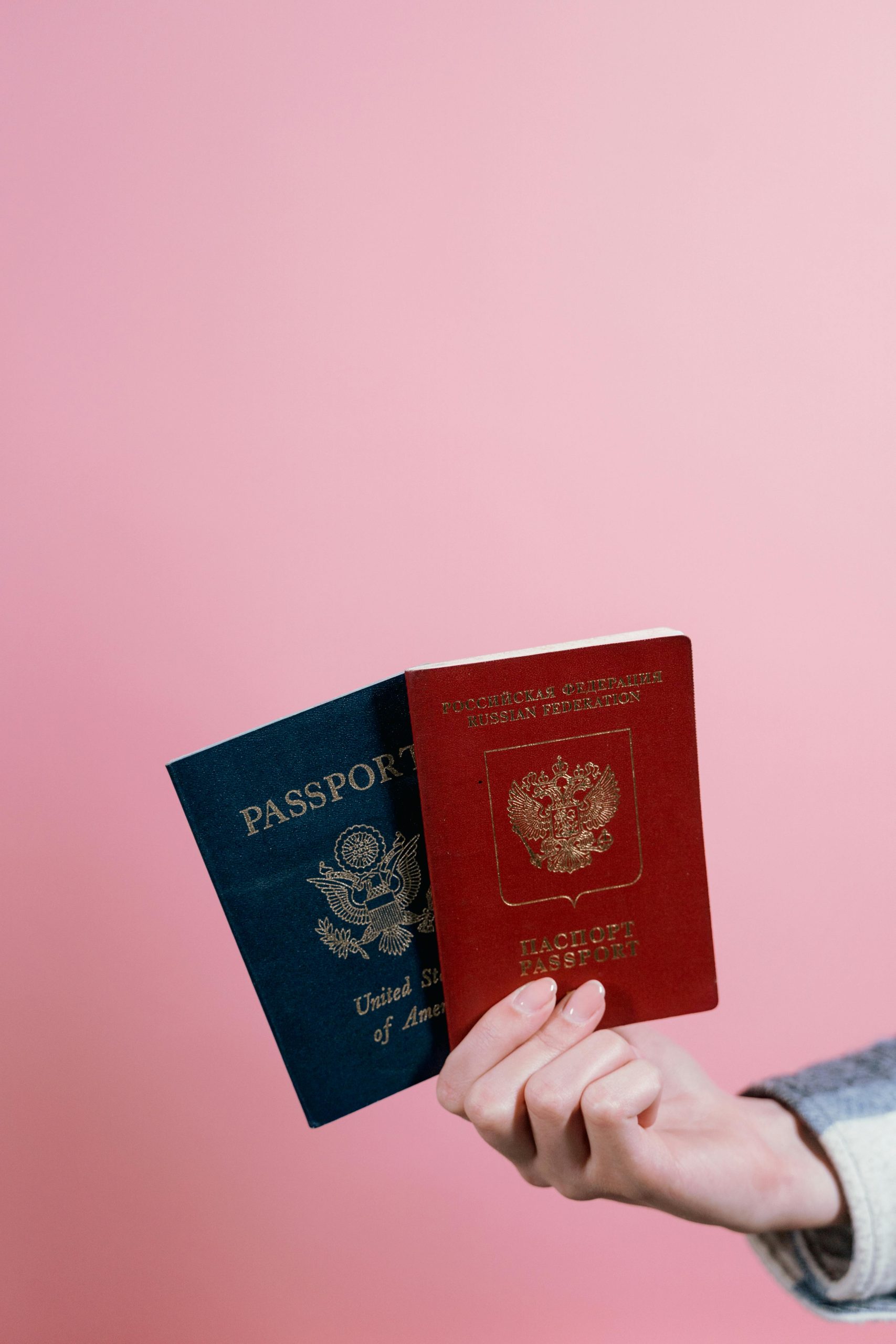Applying for a personal loan from abroad can seem daunting, but with the right guidance, it’s entirely achievable. Whether you’re an expat, a digital nomad, or simply need financial assistance while living overseas, understanding the process is crucial. This step-by-step guide will walk you through everything you need to know to secure a personal loan from abroad successfully.
1. Research and Compare Lenders
Before applying for a personal loan from abroad, it’s essential to research and compare lenders. Not all financial institutions offer loans to non-residents, so you’ll need to identify those that do. Here’s how to get started:
Types of Lenders to Consider
- International Banks: Some global banks provide personal loans to non-residents, especially if you already have an account with them.
- Online Lenders: Fintech companies and peer-to-peer lending platforms often cater to expats and international borrowers.
- Local Banks in Your Home Country: If you have strong ties to your home country, some banks may offer loans even if you’re currently abroad.
Key Factors to Compare
- Interest rates and fees
- Loan terms and repayment flexibility
- Eligibility requirements for non-residents
- Customer reviews and lender reputation
Take your time to compare options and choose a lender that aligns with your financial needs and circumstances.
2. Check Eligibility Requirements
Each lender has specific eligibility criteria for personal loans, and these can be stricter for applicants living abroad. Here’s what you’ll typically need:
Common Eligibility Criteria
- Proof of Income: Lenders want assurance that you can repay the loan. You may need to provide payslips, bank statements, or tax returns.
- Credit History: A good credit score in your home country or the country where you’re applying can improve your chances.
- Residency Status: Some lenders require a valid visa or proof of legal residency in your current country.
- Collateral or Guarantor: Depending on the loan amount, you might need to provide collateral or a guarantor.
If your credit history is limited in the country where you’re applying, consider lenders that accept international credit reports or alternative credit data.
3. Gather Required Documentation
Once you’ve identified a suitable lender, the next step is preparing your documentation. Having everything ready in advance will streamline the application process.
Essential Documents
- Identification: Passport, driver’s license, or national ID.
- Proof of Address: Utility bills, rental agreements, or bank statements showing your current address.
- Income Verification: Recent payslips, employment contract, or tax returns.
- Bank Statements: Typically for the last 3-6 months to demonstrate financial stability.
- Visa or Residency Permit: If required by the lender.
Some lenders may request additional documents, such as a letter of employment or proof of assets. Always check the lender’s specific requirements before applying.
4. Submit Your Application
With your research done and documents ready, it’s time to submit your loan application. Here’s how to ensure a smooth process:
Application Methods
- Online Applications: Many lenders allow you to apply digitally, which is convenient if you’re abroad.
- In-Person Applications: If you’re near a branch of an international bank, you may apply in person.
- Through a Broker: Some borrowers use loan brokers to navigate the process, especially if language barriers exist.
Tips for a Successful Application
- Double-check all information for accuracy.
- Be transparent about your financial situation.
- Follow up with the lender if you don’t hear back within the expected timeframe.
Approval times vary, but many online lenders provide decisions within a few business days.
5. Review the Loan Offer and Accept
If your application is approved, the lender will present a loan offer. Before accepting, carefully review the terms and conditions.
What to Look For
- Interest Rate: Ensure it’s fixed or variable and understand how it affects repayments.
- Repayment Schedule: Check the loan tenure and monthly payment amounts.
- Fees: Look for origination fees, prepayment penalties, or late payment charges.
- Currency Exchange Risks: If the loan is in a different currency, consider potential exchange rate fluctuations.
If everything looks good, sign the agreement and complete any final verification steps. Once processed, the funds will be disbursed to your designated account.
Conclusion
Applying for a personal loan from abroad requires careful planning, but it’s entirely feasible with the right approach. By researching lenders, meeting eligibility criteria, preparing documentation, and thoroughly reviewing loan terms, you can secure the financial support you need while living overseas. Always borrow responsibly and ensure the loan aligns with your long-term financial goals. With this step-by-step guide, you’re well-equipped to navigate the process successfully.
